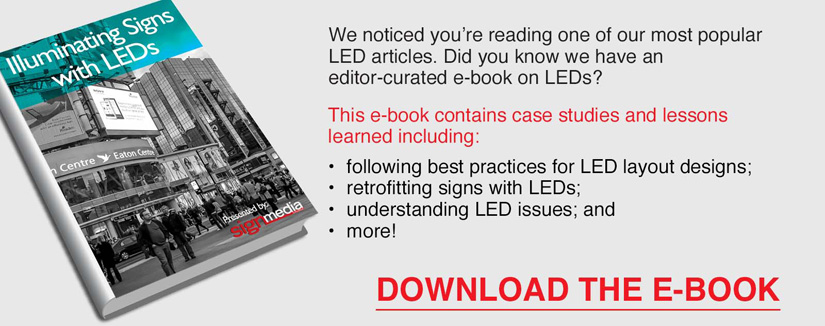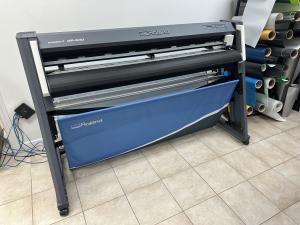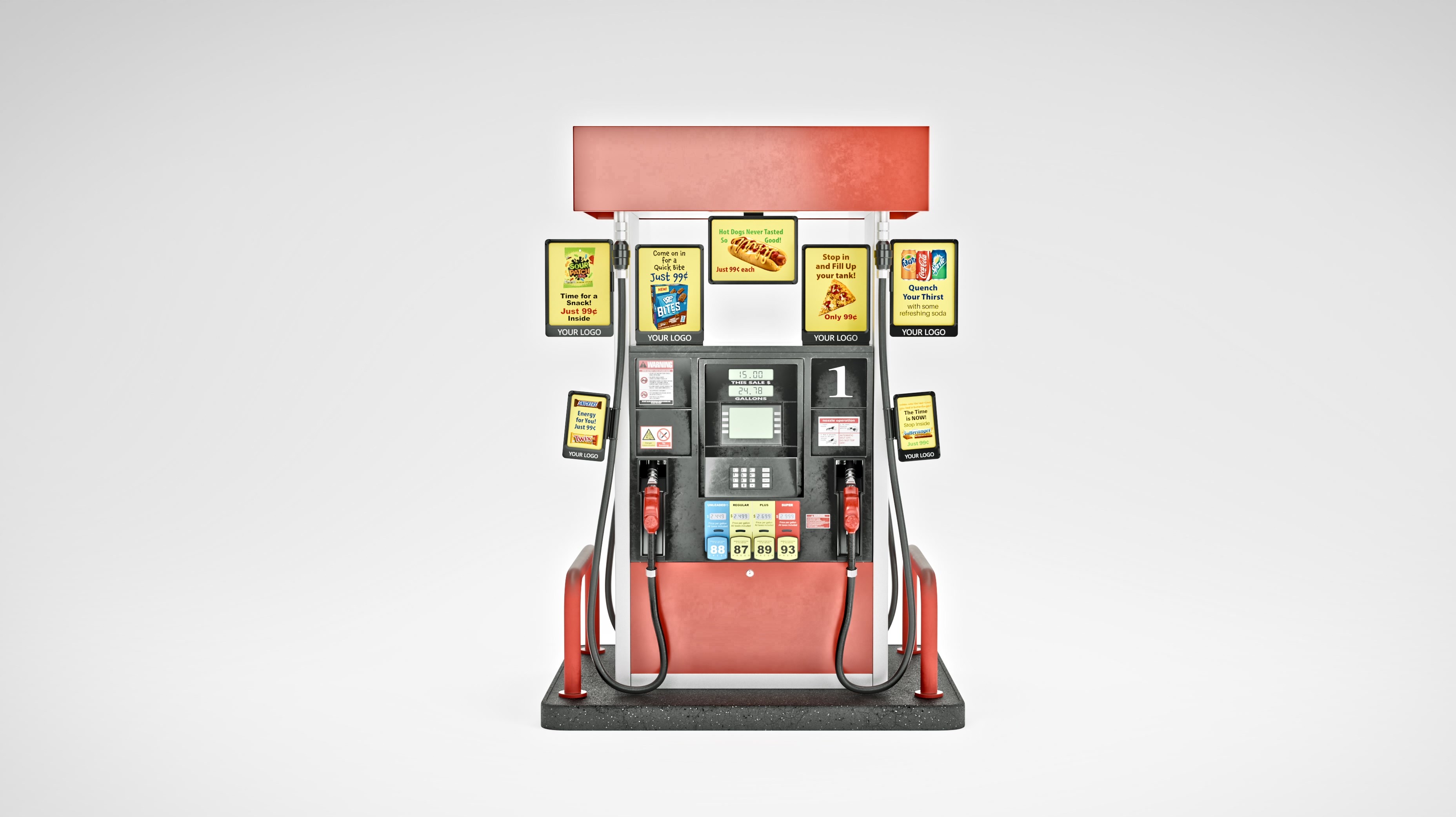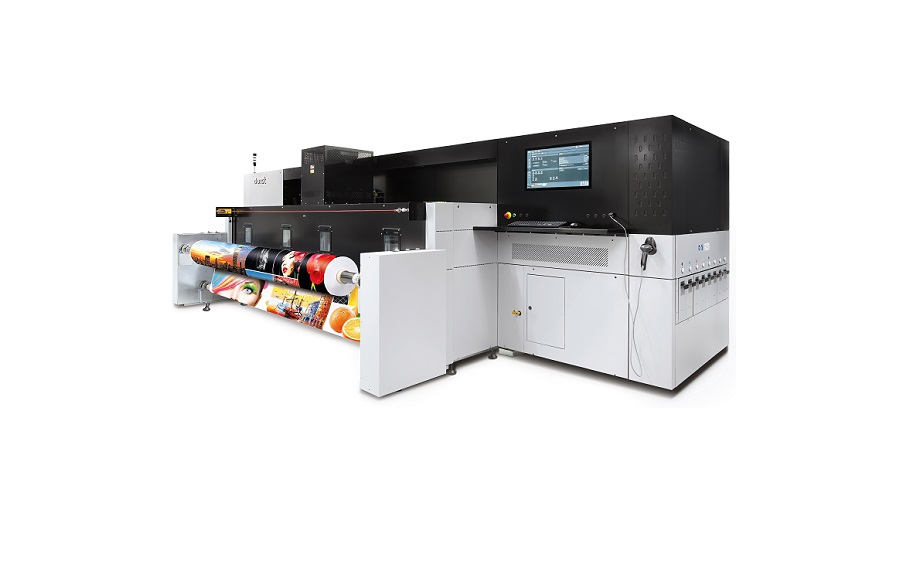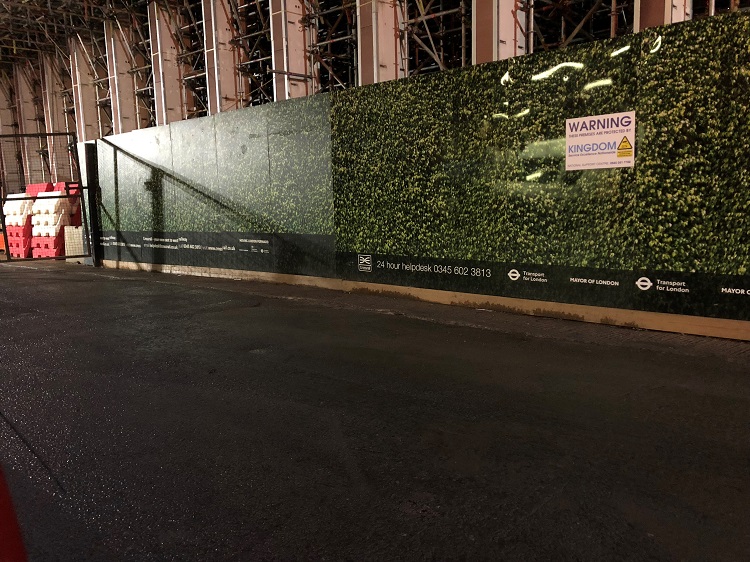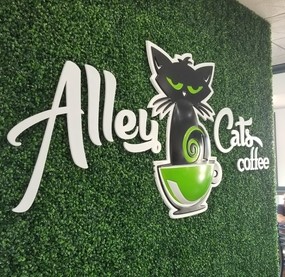Illumination: Setting A new standard for pylon sign lighting
Steady operation
The system Forward Signs applied to the new SmartCentres pylon sign comprised a series of light bars linked together with redundant power feeds and power supplies. Each light bar used high-power, high-efficacy LEDs, factory-tested to retain at least 70 per cent of their initial brightness for some 60,000 hours of operation, representing more than 16 years of typical 10-hour days.

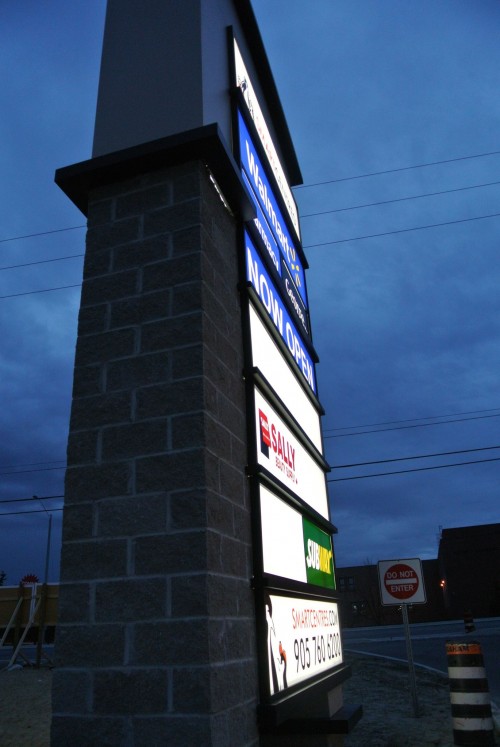 In a pylon sign of this size—3.4 m wide, 5.6 m tall and 1.2 m thick—24-V DC compatibility is highly advantageous, as wires can be run further, allowing power supplies to be centralized for ease of maintenance.
In a pylon sign of this size—3.4 m wide, 5.6 m tall and 1.2 m thick—24-V DC compatibility is highly advantageous, as wires can be run further, allowing power supplies to be centralized for ease of maintenance.The light bars also featured a constant current mechanism. By keeping the flow of electrical current steady, this reduces the negative impact of any voltage fluctuations that may occur, so the long life of the LEDs is more strongly assured. Further, the matrix bars’ aluminum body construction made them solid enough to withstand harsh weather conditions, but with high capabilities for heat dissipation.
The light bars were compatible with 24-V direct current (DC), instead of the usual 12-V DC. Higher voltage means lower current for the same electrical load, so the advantage of this compatibility was the ability to run the wires further. This is important for a big pylon sign, as maintenance is more convenient if all of the power suppliers can be installed in one central location, hence the need for a long wiring reach.
The power supplies were also chosen for their high level of stability. According to factory testing, their mean time between failures (MTBF) is 732,000 hours. If certain ambient conditions are maintained, the supplies should last this long before any breakdowns.
A changing landscape
Most sign shops within the Canadian market still opt for fluorescent tubes for these types of projects, because LED-based products designed in the past for large-area illumination have tended to be more expensive and/or less effective. With the advent of matrix LED systems for pylon signs, however, the industry landscape is starting to change.
“We’ve used LED matrix lighting systems in many indoor and outdoor projects, including pylon signs and other sign boxes,” says Dave Keen, purchasing manager for Sunset Neon, a sign company in Burlington, Ont. “The installations were just fast and easy.”
Another factor in the technology’s favour is the range of government incentives for using energy-saving products. In Ontario, for example, a retrofit program offers to fund up to 50 per cent of project costs when existing signs are retrofitted with LEDs.
“The process is easy,” says Victor da Rose, Clean Development Mechanism (CDM) technical energy consultant for Toronto Hydro, one of the province’s major electrical utility providers. “You just need to sign up for the program online, fill out the forms and submit your application. Once the application is approved, you can start your project. We even offer LED retrofit training sessions for consultants, distributors and suppliers.”
Steven Xie is director of business development for Beyond LED in Richmond Hill, Ont., which provides light-emitting diode (LED) modules, strips and array systems for signage and commercial lighting applications. For more information, visit www.beyondled.com.

